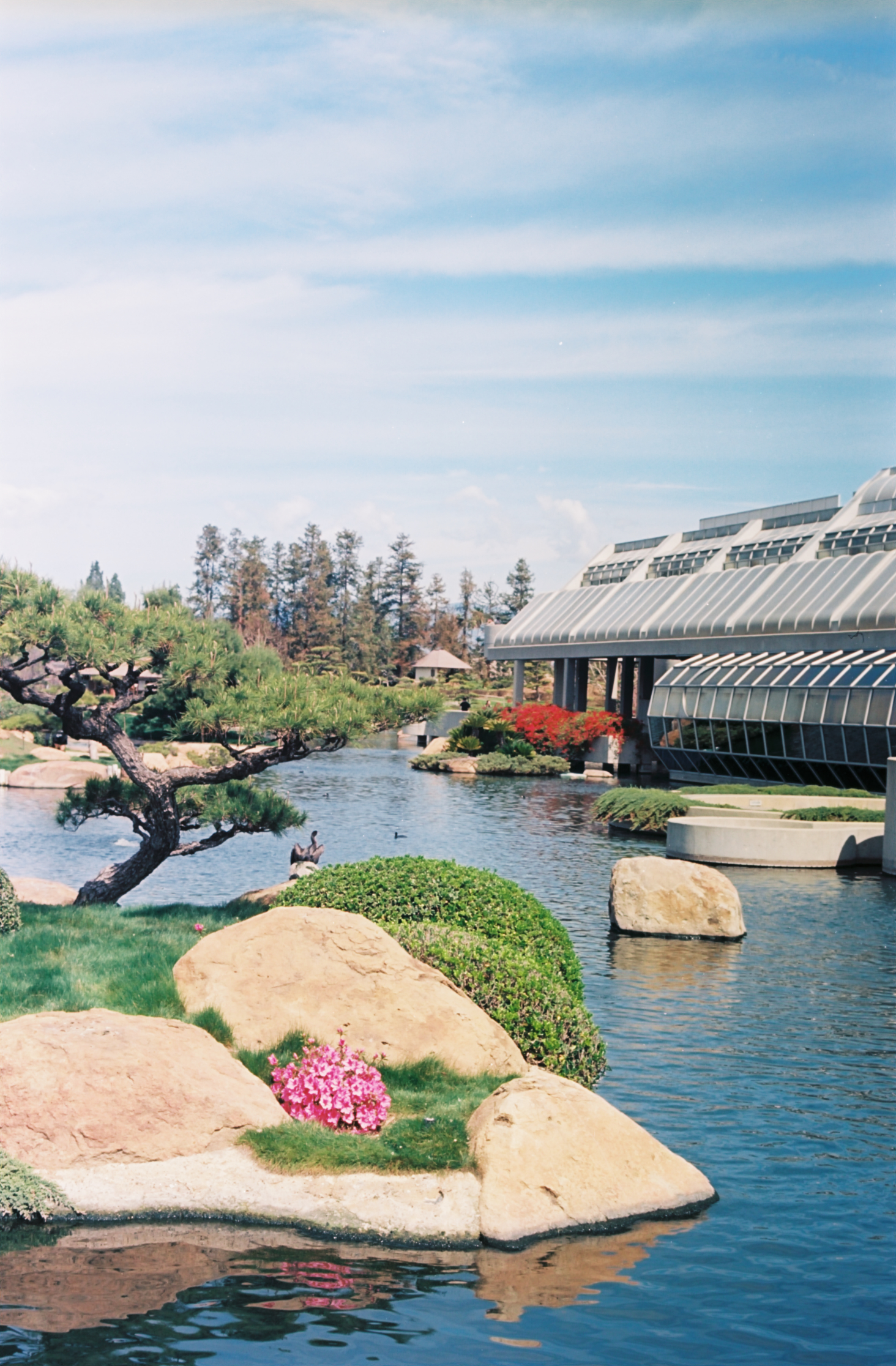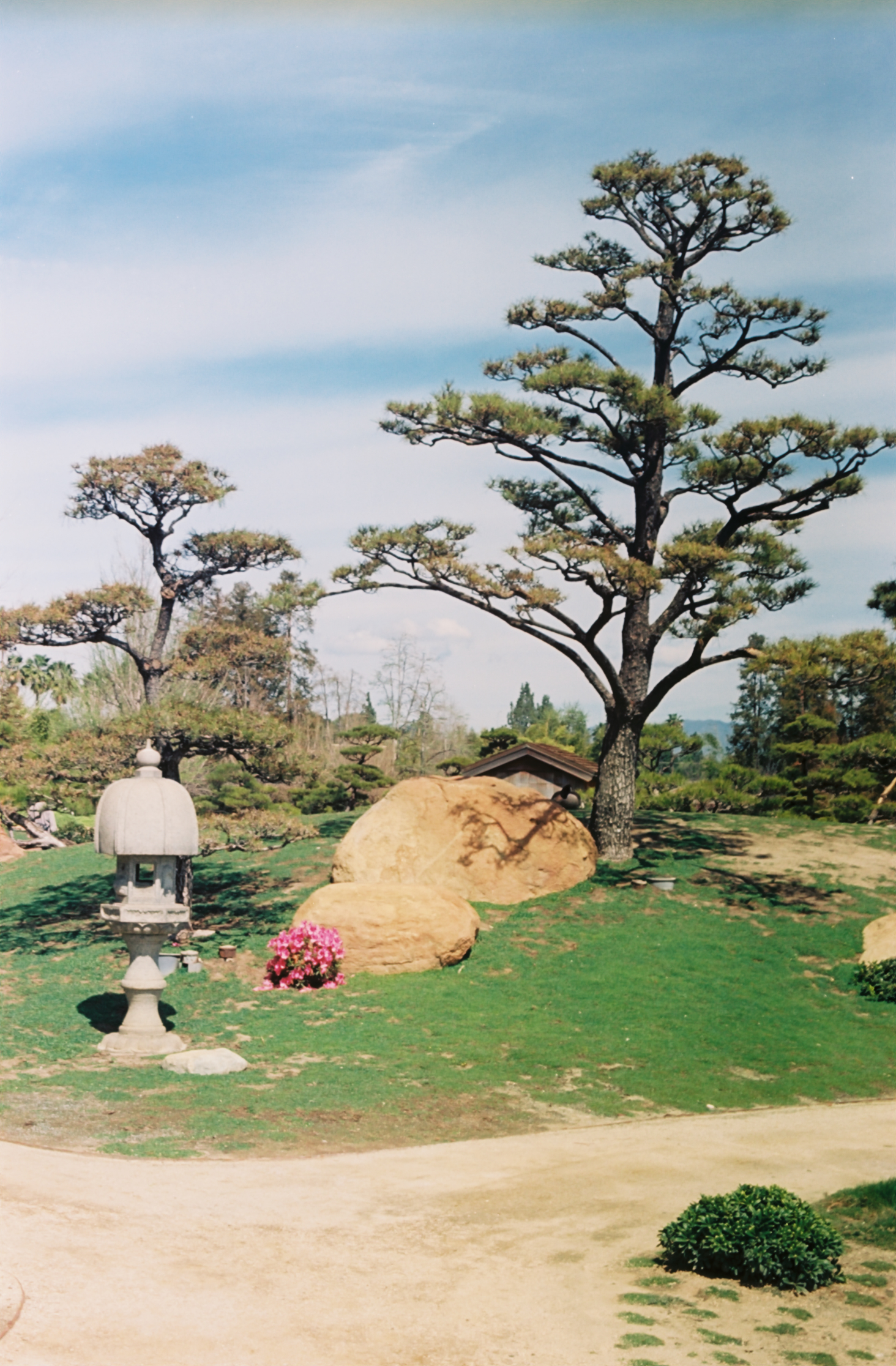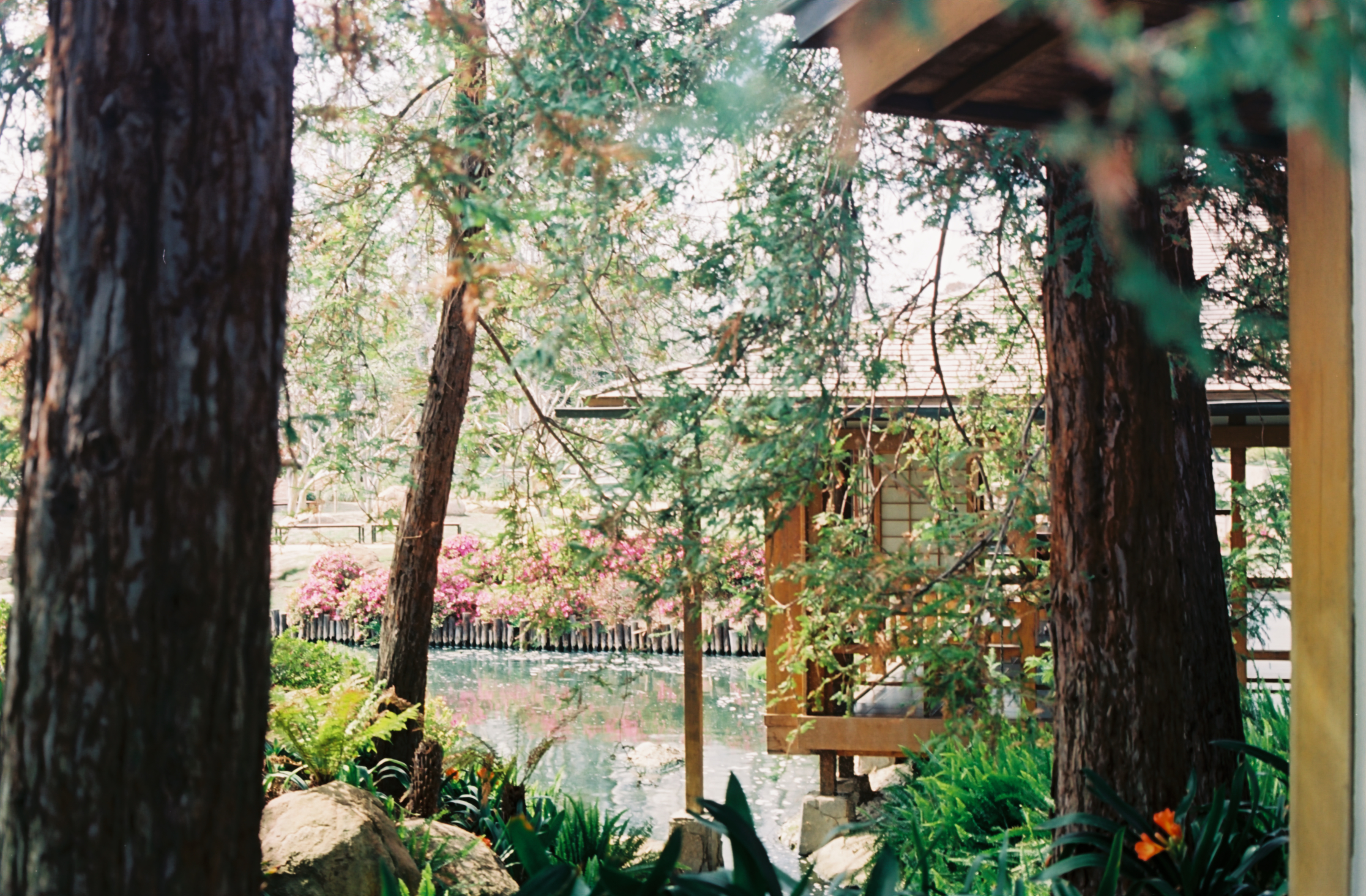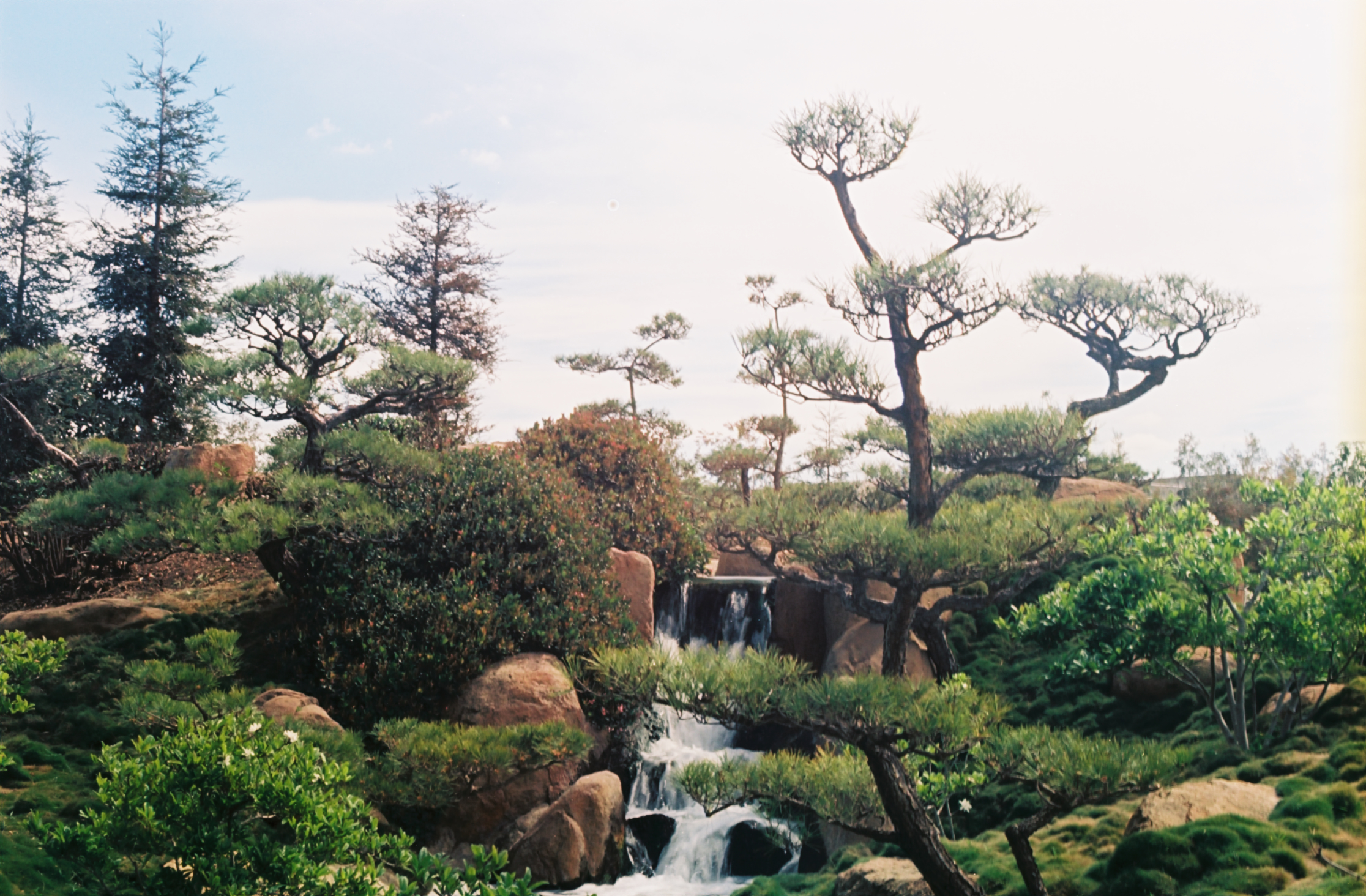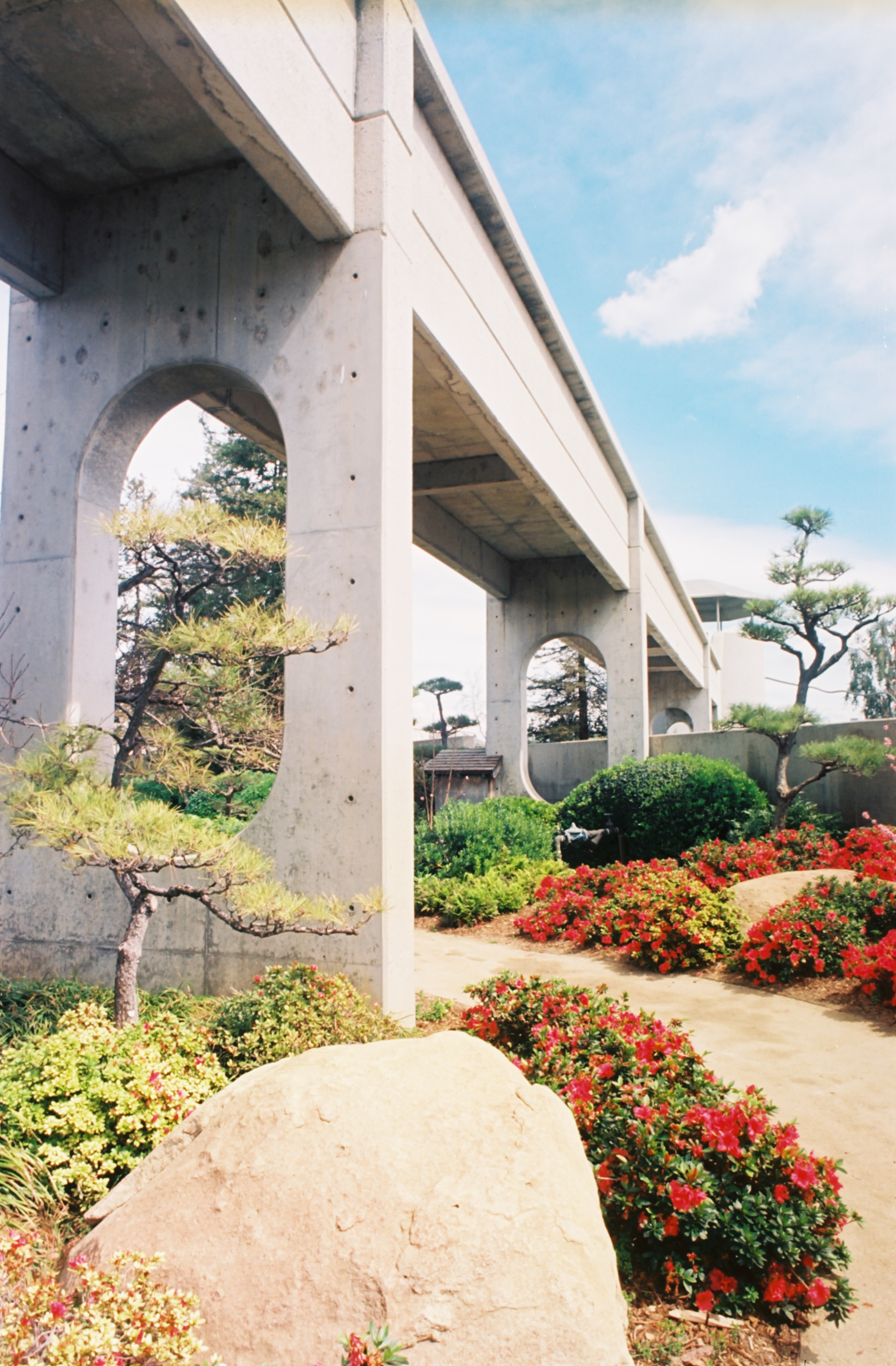Test Your Goddamn Film
Until early 2018,
I never took properly testing my film or developer too seriously. I picked a developer, cycled in between basically anything I could find and shoot, mostly just to shoot whatever I could find, and just stuck with whatever recipe the massive dev chart suggested, and hoped for the best. Honestly, it worked -- most of the time. That being said, over time, I’ve begun to desire more consistent results, to build a codified aesthetic, or voice if you will. I had a long period shooting Delta 100, in Kodak Xtol 1:1, but even then I’d go off and get distracted shooting Fomapan 100 for a week, or some bizarro expired neopan, without really digging into testing best practices for that core of Delta 100. While I may not have finally settled into a consistent aesthetic -- I’m still settling on my daily shooter/singular film stock -- I have learned or at least gained an appreciation for good testing and consistency. I think thorough testing is a necessity to the craft of black and white analogue photography, and to a lesser extent -- color photography.
Traditional Silver Black and White Negative film, and its developers, is the only film which requires extensive testing. There’s only one true “correct” developer for color negative still film, which is C-41 or whatever the company making it is calling it. Any color negative development, outside of that is cross-processing. Once you learn what an individual emulsion does, and how it reacts to light, and what it does when pushed or pulled or whatever other idiot processing decisions you want to subject it to it’s not going to deviate from that -- but even then, with rare exception, almost all C-41 film behaves the same way. As of writing this, there are over 100 different developers listed on the Massive Dev Chart. Given some (most) of them may not be in wide use. But even then, let’s say there are 10 “standard developers” (Rodinal, HC-110 or Ilfotec HC, D-76 or ID-11, DD-X, Xtol, Sprint, the Pyro Family, Ilfosol S, and Diafine), that’s still 9 more developers that are standard process than color film has. And each one of them has different dilutions which do different things, and act differently based on the relative temperature one develops at.
For my primary case study, I’d like to use Rodinal, because it’s such a universal developer. Let’s go over some standard assumptions -- Rodinal has three standard dilutions, 1:25, 1:50 -- the “standard” , 1:100 -- which sometimes is performed as a semi-stand development, and sometimes as a full stand for at least one hour. Rodinal does *not* play nicely at higher temperatures than the given 20ºC/68ºF, and tends to create heavy, heavy grain, as it is an Acutance developer, and most of its developing action comes from making grain larger rather than cutting away at the grain -- ie a solvent developer -- I’ll get to that soon. On top of that, because rodinal works at high dilutions, 1:50, 1:100, and those dilutions can take so much time, you can get compensation. Compensation is a bizarre phenomena which seems to allow one to get a more even rendition, along with sharper edges on their image subjects, but within certain limits, and only with certain developers. On top of that rodinal can be used to push, but because of the way the developer works, it’s typically not used as a push developer. Or at the very least, from my personal experience, one should not use additional time to push the film itself, to “gain” a stop, so much as they should use it to increase the negative thickness or the amount of contrast on the negatives. (NB: most of my info is pulled from Massive Dev, or Unblinking Eye -- they have a page specifically on Rodinal).
I don’t know if you’ve been keeping tally of all the variables and considerations in that last block of text, but that’s a lot of variables, with a lot of finicky and personal/preferential answers -- That’s three separate dilution choices, temperature volatility, speed volatility (ie how much grain the developer creates given the speed of the film, then also how much nominal speed the film loses in the developer), what kind of contrast you need, how much extra time you should be developing to compensate for a particularly dark or light scene. And those are just the developer variables, that’s not even taking into account how you rated the film you’re developing, or the water quality/mineral content of the water that you’re using for your dilutions.
That being said: most film, or at least any film made by a decently large manufacturer, or of “professional quality,” typically comes with its own datasheet, which should either be right on the film’s own box, or available from the manufacturer, online. Kodak is really great about this, as is Ilford, given the number of different films they manufacture. I even have a data sheet from the now defunct AGFA, for the batch of APX100 I shot (which actually confirms their loose recommendation of 17 minutes, in Rodinal 1:50.) These sheets typically give best practice for the film, and the best possible starting point. That being said, they’re not long on examples, just pure data on “how much contrast do you want vs. how thick your negative will be (gamma), and this is what the light response curve is.” Which is great, but not really a good substitute for figuring out what you actually need out of a film, which, unless you can perfectly read all those charts, and intuitively know what the film will look like, you still have to go and shoot film yourself to find out what the compensation is like, the amount of grain is in a given developer, or even how a developer will render the film given the scene. And this isn’t even taking into account all the variables that go along with developing, aside from time. All of this is a good starting point, but at the end of the day, you should still conduct your own tests.
Testing your film is important. Thorough testing allows one to get exactly the look, feel, and density one requires out of their film, without having to worry too much, or spend an excess amount of time correcting or photoshopping, once a desired benchmark is set. Once you sets your benchmark, you end up saving much more time in the long run despite the initial timesink of having to do all the research and testing in the first place. To make this personally relevant, this process of testing, in detail, is why I won’t review a film, unless I can shoot at least 20 rolls of it (if not more), because without that thoroughness, or exposure to multiple developers, conditions, etc, I feel it paints a relatively incomplete picture of what a given film is capable of. Admittedly, I was inspired to do or start testing thoroughly or sticking with a single film (per usage) at a time by Johnny Patience’s Article on the death of the zone system, which is also definitely worth a read.
Anyway, to sum all of this up: If you want the best most consistent results, test your goddamn film.
If you’ve enjoyed this content, buy a zine in the shop, so I can continue to produce it, and host it here on the website. -- Thanks!






